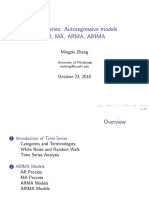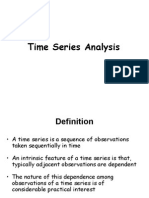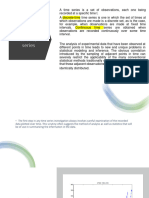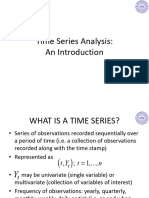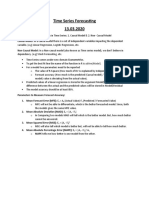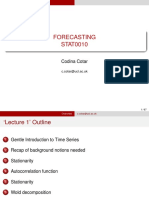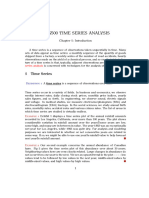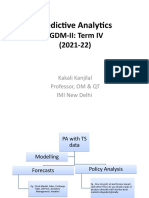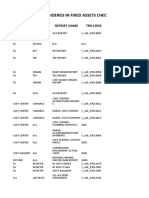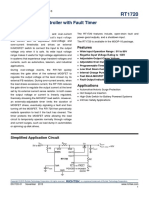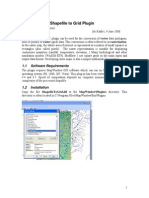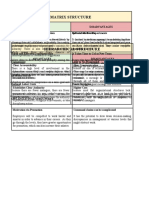0% found this document useful (0 votes)
15 views84 pagesWeek 11 - Deep Temporal Models
The document discusses Deep Temporal Models and their applications in time series analysis, highlighting the importance of forecasting, anomaly detection, and classification. It covers various modeling techniques, including ARIMA models, and emphasizes the need to address trends, seasonality, and heteroskedasticity in time series data. The document also presents examples of time series data and outlines the objectives and properties of time series models.
Uploaded by
Deepak JoshiCopyright
© © All Rights Reserved
We take content rights seriously. If you suspect this is your content, claim it here.
Available Formats
Download as PDF, TXT or read online on Scribd
0% found this document useful (0 votes)
15 views84 pagesWeek 11 - Deep Temporal Models
The document discusses Deep Temporal Models and their applications in time series analysis, highlighting the importance of forecasting, anomaly detection, and classification. It covers various modeling techniques, including ARIMA models, and emphasizes the need to address trends, seasonality, and heteroskedasticity in time series data. The document also presents examples of time series data and outlines the objectives and properties of time series models.
Uploaded by
Deepak JoshiCopyright
© © All Rights Reserved
We take content rights seriously. If you suspect this is your content, claim it here.
Available Formats
Download as PDF, TXT or read online on Scribd
/ 84





